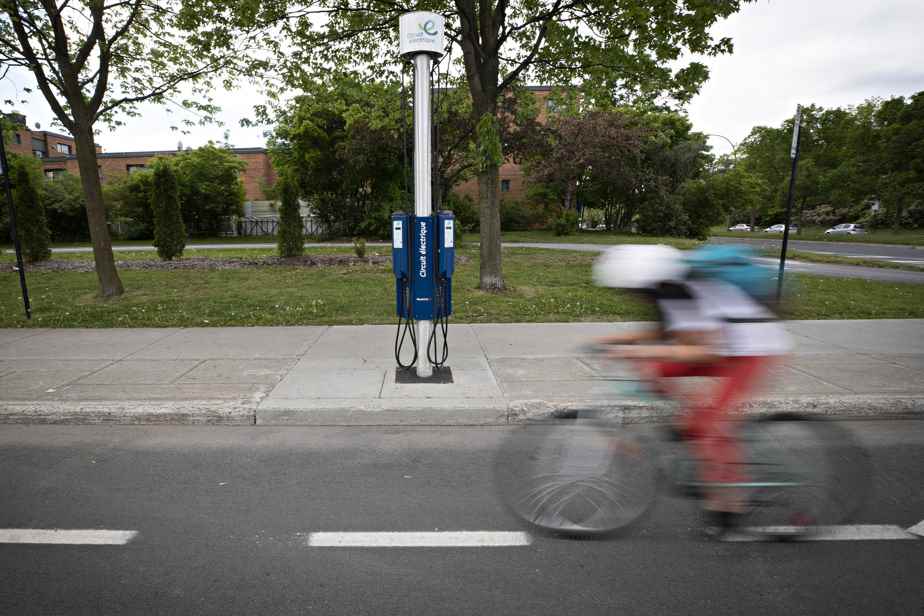Like many people who wish to reduce their ecological footprints, I would eventually like to change my gas-powered vehicle for an electric vehicle. Alas, the more I inform myself, the more I realize that the leap towards the electric vehicle is far from obvious.
First, there are all these technical and logistical problems that persist: delivery times, still deficient infrastructure, limited autonomy, unknown reliability, replacement batteries at exorbitant cost…
We could also talk about the cost of purchasing an electric vehicle. Even with the subsidies, the average cost of an electric vehicle is akin to the cost of a luxury car. With the upcoming global shortage of raw materials, the price is expected to continue to rise.
Some will say “yes, but the reduction in greenhouse gases (GHG) more than compensates for all these disadvantages, especially if you consider that the technical problems are surmountable. The price will eventually come down and the batteries will soon be much better.”
The catch is that it’s not just about technical or logistical issues to overcome. Experts agree that even if the car fleet became fully electric overnight, we would still be dealing with significant GHG emissions.
In an excellent Radio-Canada report entitled The mirage of the electric car1we learn that the environmental deficit of the electric vehicle is so significant that we have to drive 85,000 km before catching up with the GHGs emitted by a gasoline-powered car.
The usual environmental calculation ignores GHGs emitted during mining, manufacturing, transport, waste management and recycling, among others. As electric vehicles get bigger and bigger to accommodate the size of the batteries, production requires more materials. More materials produced equals more GHGs.
The deficit is particularly glaring when it comes to rentals. At the usual rate of rental cycles, i.e. two or three years, it is impossible to make up for the environmental deficit of the electric car. The same goes for a purchased vehicle that will be kept for less than five years.
We must also mention the problem of the disruption of ecosystems caused by the construction of new hydroelectric dams and also by the mining of lithium and cobalt. In Latin America, there are concerns about the impact of mining on the drinking water of the poorest communities. At home, residents of Abitibi are concerned about the potentially devastating impacts on the flora and on the water table2.
Cree communities in northern Quebec talk about the negative impacts on fragile ecosystems and also on endangered species. The Crees of Quebec and Indigenous communities in Latin America share the feeling of being sacrificed for a problem they did not create3.
To this discouraging observation, one could add the problem of the exploitation of workers, often children, in poor countries like the Congo, to extract lithium and cobalt. Serious reports from Guardian4 and New York Times5 have well documented this scourge.
The electric vehicle is not a magic wand that will save us from climate change. On the contrary, it creates serious ethical and environmental dilemmas without solving the problem of GHGs.
As several experts point out, it would be particularly wise to redirect subsidies towards sustainable solutions such as public transport, a solution that has proven itself elsewhere. Projects with purely political aims, such as the construction of the third link in Quebec, should arouse collective indignation. With the climate crisis knocking on our doorstep, any project that encourages car culture should be considered out of order.
Individually, we can make eco-responsible choices. If it is not possible to abandon our car completely, we could keep it longer. We could walk more, ride a bike, travel differently, use available public transport, avoid speeding, group our outings, reduce the number of vehicles per residence, shun large cars and above all, reduce our overall consumption. I dare to hope that it is not too late to make choices that will make a real difference.

